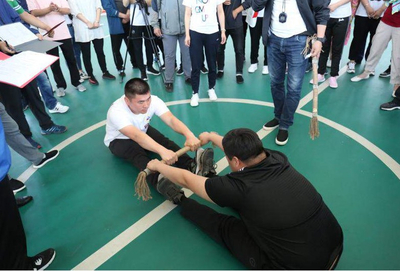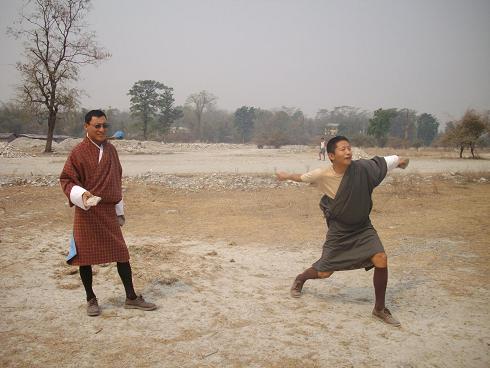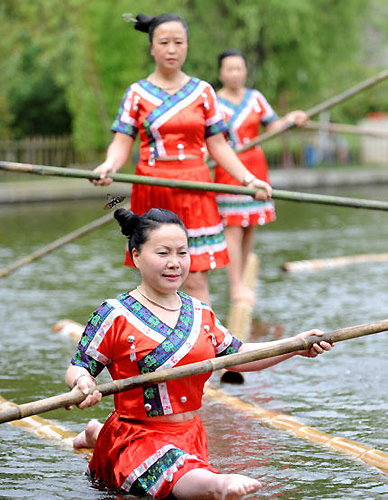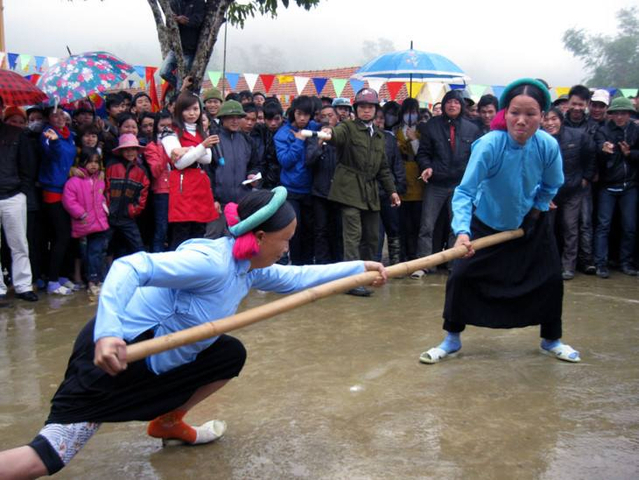- Name of sport (game): Deng-gun or La-gun (literally means “Stick-pulling”)
- Name in native language: 蹬棍、拉棍
- Place of practice (continent, state, nation):
China
- History:
Deng-gun or La-gun is a traditional sport/game in China. Its origin is unknown but some people believes it is from ancient military training.
- Description:
Deng-gun or La-gun is a sport mainly focused on strength and endurance. It is played by chinese minorities but now it is played in other some similar sport could be found in other countries, e.g. Mas-Wrestling in Russia.
Basic Rules:
1. It is usually played between two players. A stick about 40-80cm in length is used for the game.
2. During an informal game, the court could be on grass, dirt or a cement floor. For a formal game, the court is indoor and cushions are sometimes used to put on floor in order to protect player’s clothes.
3. Before the game, players should sit on the floor of corresponding court. Then they put their feet against their opponent’s. The stick is held by both hands. One player hold the inside part and the other player hold outside part.
4. When they are ready, the referee whistles or claims start in words.
5. Two players now try to pull the opponent off the ground. When someone’s buttock leaves the ground or lose control of the stick, he/she loses.
6. A match usually consists of three sets. Whoever wins two sets wins the match.
7. Making legs apart or lying-down is not allowed during game. When it happened for the first time, the referee will give the player a warning. If it happened for the second time, players will be claimed for losing match.
8. During a formal game, players will be against the other in the same weight category. After a set, players exchange their seats.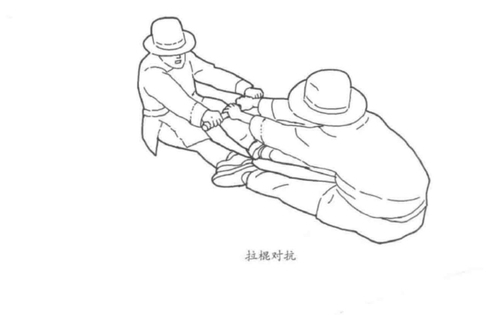
- Current status:
Practiced sport.
- Importance (for practitioners, communities etc.):
It is an effective way to exercise waist strength. And it improves someone’s endurance.
- Gallery:
- Name of sport (game): Digor, Degor
- Place of practice (continent, state, nation):
Bhutan
- History:
Digor is a traditional target-based sport of Bhutan, which has some similarities to boules or petanque. This sport is traditionally played by village men all around Bhutan. The game is slightly different in various regions. Organized games between neighbouring villages are now rare. Today the game is played for social reasons, mostly at annual religious festivals. Sometimes it involves a bet that concerns the organization of the event, where the loser must engage in its preparation to a large extent, while the winner has fewer tasks to do. This type of betting takes place among local communities or among friends.
- Description:
The digor (degor) is a traditional game played in Bhutan, which is often mistakenly described by foreign authors as a type of shot put. There are many elements that make it different from the shot put game (including the way of throwing). It is played with a pair of round flat stones, which are thrown in the direction of two wooden targets placed on the ground roughly 20 meters apart.
The only required equipment is a pair of flat round stones for each player. The size and weight of the stones vary, depending on player’s strength and preferences. A player can have as many stones as he wants, but he can throw only twice.
Digor can be a team or individual game. If three people are involved, the game is played individually. If there are four or more people they divide into two teams that compete with each other. The number of players is not limited however too many of them slows down the game. It’s said that optimal number is seven players in each team.Players try to place their stone as close to the target as possible. The technique of throwing is similar like in softball. Players who throw later can hit opponent's stones, throwing them out of the scoring area and replacing them with their own stones. This is more difficult when the stones which were thrown first were heavy and large. Usually, players prefer heavier stones because they are difficult to move and at the same time they can be used to knock out opponent's stones.
Points are counted when all the stones have been thrown. A point is given if the distance between the stones and the target is smaller than the distance between the thumb and the middle finger of the outstretched hand. If two or more opponent's stones fall in the same range, the one nearest to the peg scores a point. If all the stones in the scored area belong to one team, the team scores a point for each stone. There is no defined number for points to be scored to end a game, but the limit is usually set to 21.
- Current status:
Sport practiced
- Sources of information :
Bhutanese traditional sport – Degor – on Trans World Sport. (2012, May 26). Retrieved from Trans World Sport’s Youtube Channel: https://www.youtube.com/watch?v=gFctbWXwED4
- Gallery:
- Name of sport (game): Ding-He-Zi (Olive nut drop game)
- Name in native language: 顶橄榄核/顶核子游戏 (in Shanghai dialect)
- Place of practice (continent, state, nation):
China
- History:
Ding-He-Zi is a traditional children’s game originated from Shanghai-the city which has the largest population in China. But now it is played everywhere in China.
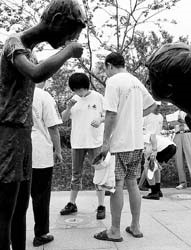
The game has a 200-year history which is believed from local workers from 19th century.
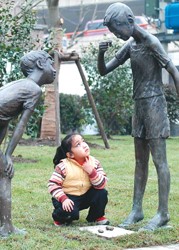
- Description:
The equipment is very simple. All you need for this game are two olive nuts (one painted in black, one painted in white) and a target board (made of plastic or paper).
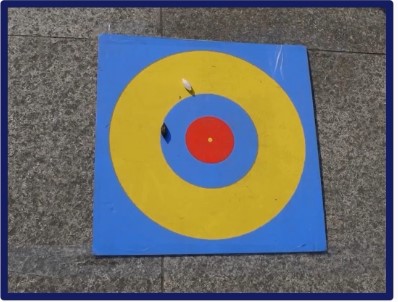
The olive nut is usually 3cm in length. The target board is 1mx1m in size and has three circles painted on it. Three circles are 10cm, 20cm, 40cm in diameter.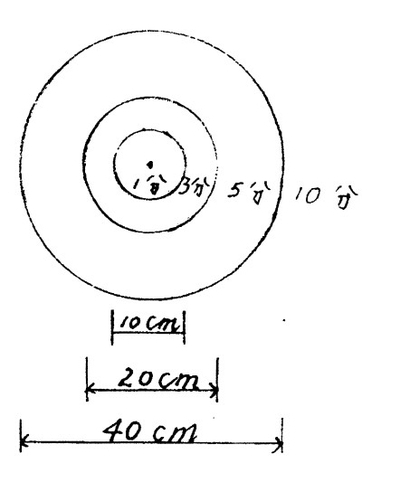
The aim of the game is to drop the black olive nut to hit white olive nut(the goal) and make the white olive nut bounce out of circle. The further the white olive nut bounce from the center, the more points you will get.
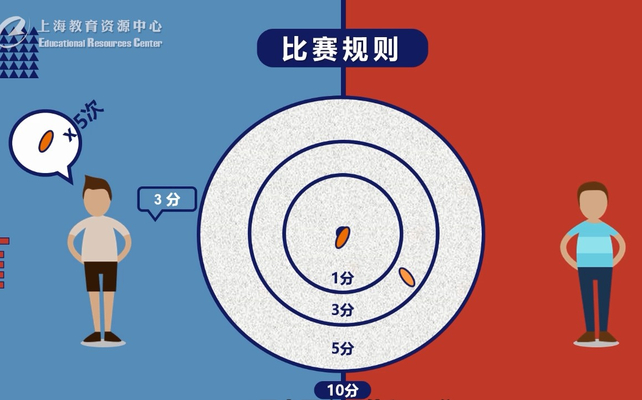
1. Before the game, the white olive nut (the goal) is placed on bullseye of the target board.
2. The player stands outside the outer circle of target board and has their feet apart.
3. Then the player picks up the black olive nut with his thumb and forefinger(left or right hand).The player must keep a straight body and cannot bend his knees before dropping the black olive nut.
4. When he/she is ready, the referee will allow him/her to drop the black olive nut. When dropping the black olive nut, he/she is allowed to incline the body no more than 10 degrees and the hand holding the black olive nut is not lower than his/her neck.
5. After dropping, he/she scores points according to the position of the white olive nut (goal):
a. 1 point if the white olive nut leaves the bullseye and is located inside the 10cm-diameter circle,
b. 3 points if the white olive nut is located between 10cm and 20cm-diameter circle.
c. 5 points if the white olive nut is located between 20cm and 40cm-diameter circle.
d. 10 points if the white olive nut is located outside the 40cm-diameter circle.
e. If the player does not hit the white olive nut, he/she scores no points.
f. If the white olive nut is located on the line between two score zones, he/she scores the higher points.6. Each player has 5 chances to drop the black olive nut in 2 minutes in this game. After each drop, the white olive nut(the goal) is resettled on the bullseye of target board.
7. The final score of a player is the total store of 5-chance drop. When it comes to a draw, players are given another 5 chances to play until the champion is decided.
8. Variation: In an informal game, you could change the points of different score zones.
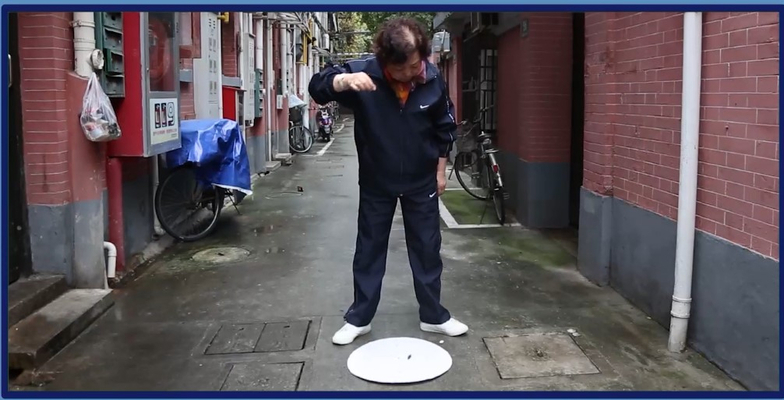
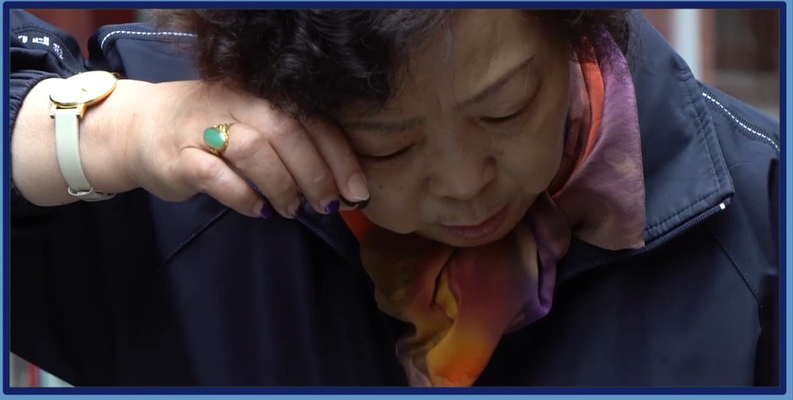
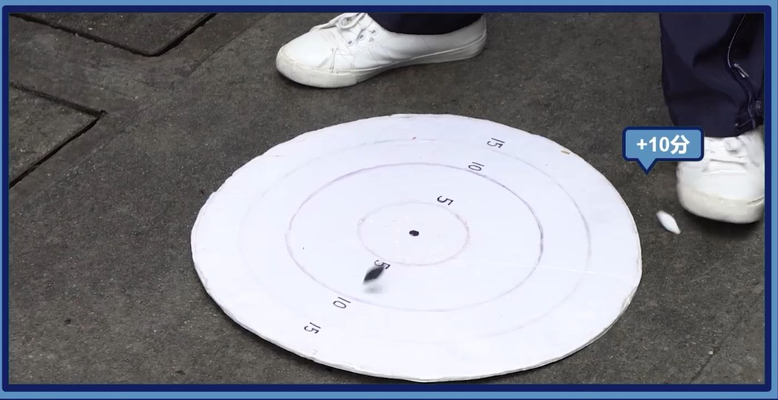
- Current status:
Practiced sport
- Importance (for practitioners, communities etc.):
It improves aiming skills and patience and it is suitable for people of all ages. And it is one of event games on annual Shanghai Folklore Games Festival.
- Contacts:
Shanghai Community Sports & Games Association
Huangpu District, Shanghai, China
Tel:+86 21 6327 3227Huangpu District Sports Bureau
300 East Yan’an Road, Shanghai, China
Tel:+86 21 6466 2776
Email:This email address is being protected from spambots. You need JavaScript enabled to view it. - Sources of information :
- Name of sport (game): Djarazandj
- Place of practice (continent, state, nation):
India
- Name of sport (game): Duzhupiao (Chishui Single Bamboo Drift)
- Name in native language: 独竹漂
- Place of practice (continent, state, nation):
China, Guizhou
- History:
The Guizhou Mountains are high and deep, moreover, transportation is problematic. However, bamboo grows abundantly in the basin of Chishui River, hence it has become a form of transport for people on both sides of the river. In the past, the inhabitants of these areas often used bamboo as a means of transport across the river as it was a very convenient way. In remote villages, people who had to move, for example, on the way to the market by the Chishui River, paddling on single bamboos or trees allowed them to save time as well as a simple and convenient way of transportation.
Legends say that Duzhupiao comes from the Qin and Han dynasties. At that time, the Bozhou area was rich in the best and most valuable timber for construction. The imperial court sent timber pickers to buy it from the pristine forests of Chishui and Xishui in Bozhou, such places were only just beginning to be known to the outside world. In the past, the Chishui River was not navigable and the timber was very valuable, so one or more people were allocated to transport it and the timber was tied into larger rafts and shipped to the south of the Yangtze River to reach the capital. During the slow and long process of transporting the timber, people gradually got used to standing on one tree and operating sticks as well as competition and play.
In the early Qing Dynasty, people have discovered that bamboo was better than wood, so they changed wood to a single bamboo. As the water rose each year during the Dragon Boat Festival, the residents of Xishuitucheng and farmers in the suburbs gathered in groups and competed by swimming on a single bamboo.
Basin of the Chishui River during the wars of Qin and Han belonged to the core of the ancient Yelang Kingdom. Yelang is a country of bamboos, so swimming on bamboo was the most basic life skill of the Yelang people who lived by the river.In 1935 when Mao Zedong led the Red Army four times through Chishui. The bridges over the river had been bombed by the Kuomintang, the soldiers were unable to cross the river. At a critical juncture, the Red Army mobilized the local people and they used the old method of crossing the river using bamboo. The army left the encirclement which was of great importance for the victory of the Long March.
In 1998, in ancient cliff tombs from the Han and Jin dynasties, Chishui Fuxing dug on Ma'anshan. This find shows that the tradition of swimming on a tree trunk in the basin of the Chishui River has a long history.
- Description:
Swimming on a single bamboo stick is a unique skill of the people of northern Guizhou from the Chishui River.
Duzhupiao is a traditional sport in Guizhou Province. Athletes who do not wear shoes use individual bamboo sticks as boats and oars to navigate on the water. The bamboo sticks are 15-20 centimetres in diameter and 10 meters long, while the small straight bamboo sticks used as oars are 5 cm in diameter and 4 meters long. Competitors move them alternately left and right to keep balance on the bamboo. Movements must be coordinated and consistent.Competitors compete in short and long-distance speed events in individual and group categories.
The bamboo used for swimming must not have any distortions and its buoyancy is sufficient to bear the weight of a person. Suitable bamboo can be found deep in the bamboo forest of Guizhou Province on a sunny slope with good soil and water. Once cut, it is naturally dried for over 20 days.Currently, the competition uses sticks consisting of 3 sections of round pipes made of glass fibre reinforced plastic with a total length of 7 meters and a diameter of 0.16 m. It is characterized by greater buoyancy which allows for greater swimming speeds but is also less deformable, it is easy to disassemble and is more convenient to transport than natural bamboo. The smaller stick consists of 2 sections of round pipes made of glass-fibre reinforced plastic with a total length of 4.5 meters.
Competitions shall be held in still water with the starting line parallel to the finish line and perpendicular to the fairway line. The width of the channel should not be less than 8 meters along the entire length of the track. Depending on the number of participating teams and conditions, from 3 to 6 players take part at the same time. The lane number is usually counted from the position of the judge's position, the closest lane is the first lane, the farthest lane is the last lane. The water depth in the shallowest part of the canal shall not be less than 2.5 meters and there shall be no floating objects or underwater obstacles. There should be a designated preparation area behind the start line and a buffer zone not less than 30 meters wide behind the finish line. Buoys must be placed along the track and their colors should be yellow and red.
The buoy is round with a diameter of 0.35 meters. Yellow buoys are placed from the start point within 30 meters of the endpoint within 10 meters, red buoys within 20 meters from the endpoint within 4 meters. Marking posts 2 cm in diameter and 3 meters high should be placed on the extensions (over 6 meters) at both ends of the start and finish lines. The start and endpoints must be marked with the number of each lane. The boards are hung in the air not less than 3 meters above the water surface if conditions allow.
- Current status:
From generation to generation, Duzhupiao gradually evolved into a folk sports activity. Currently, this competition has become part of the Dragon Boat Festival and Dragon Boat Race, held each year.
In the 1970s, Duzhupiao was an obligatory celebration for Mao Zedong's Red Army.In the late twentieth century, Duzhupiao rivalry appeared at the VI National Traditional Games of National Minorities in the characteristics of the Guizhou region show dispute. It was received with approval and since then Chishui Duzhu Drift has become famous all over the country. In 1999, at the VI National Traditional Sports Games of Ethnic Minorities, Chishui Duzhu Drift won a gold medal for his group performances and was often praised by various Chinese media. At the same time, as a traditional minority sport, it gradually spread and promoted all over Guizhou and the country. In 2007, Guizhou Province adopted Duzhupiao as a traditional ethnic minority sports competition. The first independent bamboo swimming competition was held in Honghuagang District, Guizhou Province. During the 9th National Traditional Minority Games, which took place on September 11, 2011 in the Guizhou region, the competition was held at the picturesque water base of Lake Hongfeng. After two days of competition, Hu Chaogui, a Miao player from Majiang, Guizhou, won the first prize in the men's category. And in the final of the women's 60 m race, a competitor from Guizhou also received the first prize.
- Importance (for practitioners, communities etc.):
Swimming on a single bamboo stick is the result of the hard work and wisdom of the Chishui ancestors and part of the region's heritage. Despite recognition in China, the Duzhupiao tradition must be protected. Actions leading to the preservation of this tradition may be the creation of an organization that protects this traditional sport whose task is to organize training, competitions and promote this sport as a tourist attraction in the Guizhou region.
The Chishui Regional Government considers Chishui Duzhu Drift to be an intangible cultural heritage. Consequently, specific measures have been approved for this purpose to protect the tradition of the heirs of the Chishui River. - Contacts:
Zunyi Honghuagang Duzhupiao Association (遵义市红花岗区独竹漂协会)
Fenghuang S Rd, Honghuagang District, Zunyi, Guizhou, Chiny - Sources of information :
Article:
http://www.xinhuanet.com/english/2020-06/26/c_139167584.htm
https://www.chinadaily.com.cn/a/201803/19/WS5aaefeffa3106e7dcc1425b5.html
http://www.eguizhou.gov.cn/2011-09/16/content_16979717.htm
https://baike.baidu.com/item/%E7%8B%AC%E7%AB%B9%E6%BC%82Video:
https://www.youtube.com/watch?v=dhGLw3vbwHM
https://www.youtube.com/watch?v=nhI7Itghujw
https://www.youtube.com/watch?v=hWDc7KpNpyg
https://www.youtube.com/watch?v=FdVrQIR9Nzs
https://www.youtube.com/watch?v=O1-jYEj5ffQ
https://www.youtube.com/watch?v=37loOUJNQgA
https://www.youtube.com/watch?v=chuaRCE4D1U
https://www.youtube.com/watch?v=2BXd8DtgFkA
https://www.youtube.com/watch?v=6zyLM0O3DjQ - Gallery:
- Name of sport (game): Day gay
- Name in native language: Đẩy gậy
- Place of practice (continent, state, nation):
The sport is being practised mainly on the premises of the mountainous provinces, inhabited by a variety of ethnic minorities, such as Son La, Hoa Binh or Lay Chau, while some of the events take place in larger cities, such as the capital city of Vietnam, Hanoi.
- History:
Đẩy gậy is a traditional Vietnam sport. The competition usually takes place at the beginning of spring, during holidays, cultural and sports festivals. Each generation of players passes on the experience and techniques of the next generation.
- Description:
It is a relatively easy sport, but requires the participant to be extremely strong, dexterous and agile while duelling with an opponent. Usually, it is being practised using two meter bamboo stick painted white and red. The participants compete within a circle with a diameter of 5m. The winner is decided upon pushing the opponent out of the aforementioned circle within 2 to 3 rounds.
- Current status:
Every 2 years national minority tournaments take place on a national scale, in which Đẩy gậy is the main sport in the competition program. Every year there are also national championships that show traditional Vietnam sports and allow the recruitment of young athletes who contribute to the development of ethnic sports in Vietnam.
- Gallery:


- Name of sport (game): Falconry
- History:
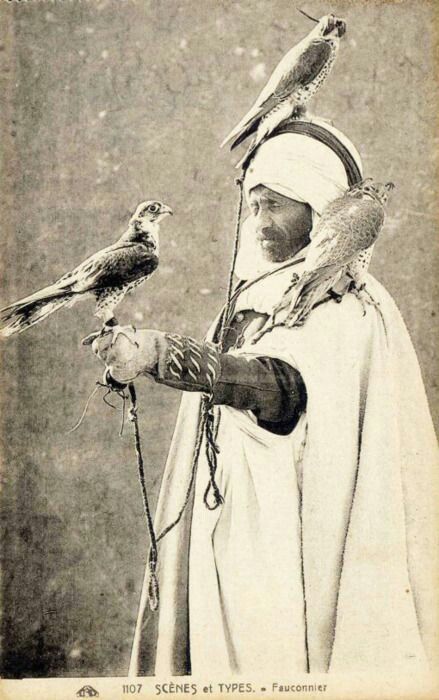
- Sources of information :
Video:
https://www.youtube.com/watch?v=ezsMrlg8QrU
https://www.youtube.com/watch?v=o6WayDmfc8cSource of photos used in this article:
https://pl.pinterest.com/pin/AcYe6BMPJtkB04Q-DPi0JjbbD-KQK4Pa47hnDuYBZRYIuQb2NMLS_e8/ - Gallery:
- Name of sport (game): Gada
- Name in native language: Sanskrit: गदा gadā, Tamil: gadai, Malay: gedak Old Tagalog: batuta

